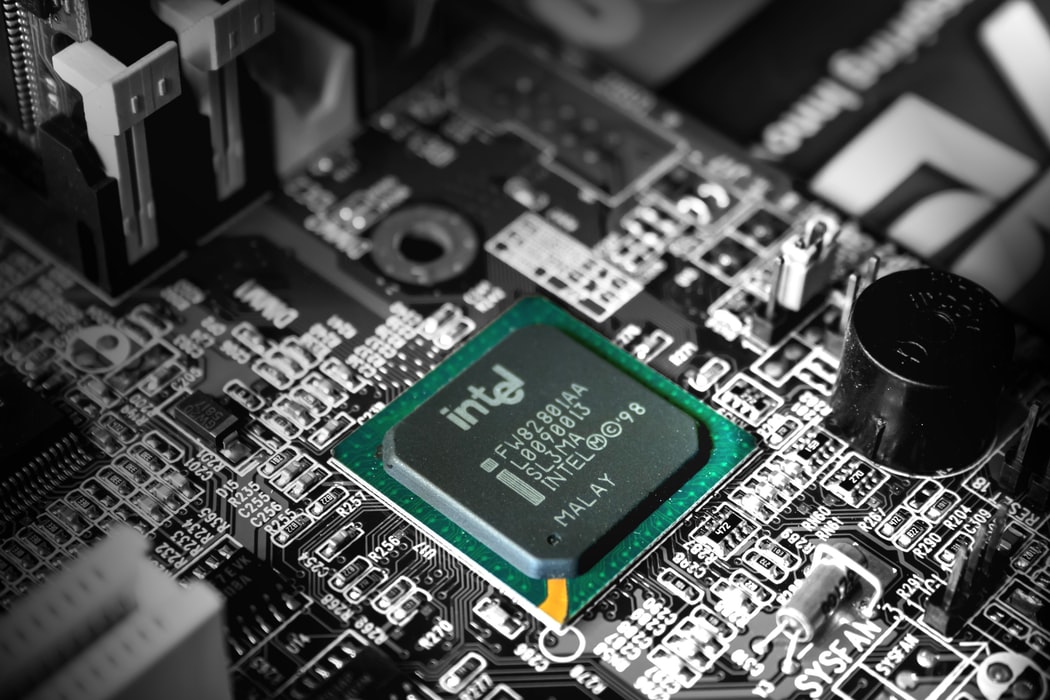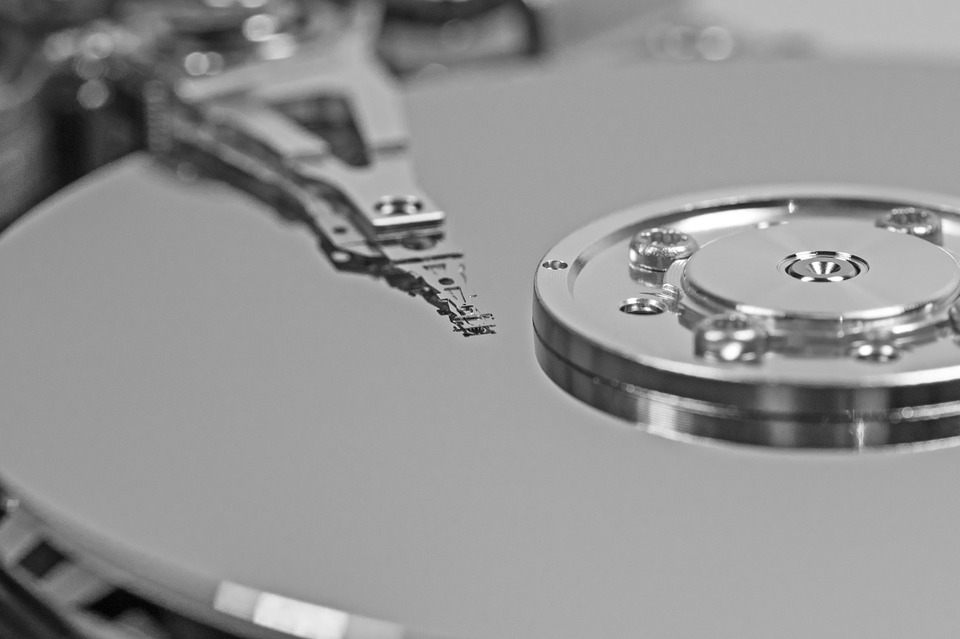What Is A Server?
Use code KB4KDO0L9 to receive a 10% recurring discount on any server.
A server is a computer that is different from familiar devices such as laptops and smartphones in two main ways. Servers are built from more reliable and powerful components and they are connected to a permanent high-bandwidth network interface.
There is a little more to it than that, and we spend the rest of this article discussing the details, but a server is not very different from the devices you use every day. It is a computer with processors, storage, and RAM.
Unlike your laptop, a server is expected to run under load indefinitely. Servers commonly have uptimes measured in years without rebooting. Server components are engineered for reliability and stability, which makes them more expensive than components built for the consumer market. That’s what server hosting providers mean when they describe a server as “enterprise-grade.”

Servers also look a little different from the devices you’re familiar with. They don’t have displays and are built to be kept in racks rather than on desks. A server rack consists of shelves of a standard size into which servers slot. The rack also carries other devices such as network switches, as well as the cabling that supplies power and network connectivity.
What Can a Server Do?
Businesses use servers to run software that receives and responds to network requests, which is why they need an always-on high-bandwidth network connection. For example, a web server such as Apache or Nginx receives requests from web browsers and returns responses in the form of web pages.
It’s a bit confusing that we use the word “server” for the machine (dedicated server) and the software it runs (webserver), but, in its broadest definition, a server is anything on the network that accepts requests and responds to them.
ServerMania clients run a vast array of software on our servers. A small selection includes:
- Databases
- Game servers
- Email servers
- File storage and syncing servers
- Cloud SaaS applications
- Ecommerce stores
- Content management systems
A powerful server might run many of these applications at the same time. For example, a server leased by a small business might host a WordPress site, the business’s email server, backup file storage, and a suite of applications for customer relationship management and collaboration. A dedicated server leased by a web hosting provider might host hundreds of low-traffic websites.
For applications that do a lot of work — a busy ecommerce store or a mission-critical database — a server may run only a single application so that all of the machine’s resources are at its disposal.
How Does a Server Work?
The most critical components of a server are its processor, memory, storage, and network interface. We go into greater depth about what these components do in “How a Server Works.” But the basics are as follows:
The processor is the server’s brain. It executes the code of the software that runs on the server. Servers often have multiple processors so that they can perform several operations at the same time.

The memory (RAM) is a volatile store of data that can be accessed almost immediately by the processor. It holds data that is vital to the work that the server is doing at any moment. Larger amounts of RAM allow the server to keep more data on hand, increasing the speed of operations.
The storage is where the server permanently stores data. It is made up of hard drives or SSD drives which vary in cost and the speed at which they can read and write data. A server may have anything from a couple of hundred gigabytes of storage to dozens of terabytes.

The network interface allows the server to communicate with the outside world. It must be reliable, consistent, fast, and provide enough bandwidth to satisfy the demands of the server’s users.
Servers are located in racks in a data center, a large building that contains many server racks with hundreds or thousands of servers, all connected to the internet with fast network connections. The quality, connectivity, and location of the data center are as important as the specifications of the server.
Types Of Server
Servers are available in many different configurations, from inexpensive low-powered servers perfect for hosting small websites and ecommerce stores to massively powerful machines capable of supporting applications with many thousands of users.
We have focused on servers as physical machines, but many businesses use servers that are virtual machines. A virtual machine is a server that runs on a hypervisor, which simulates the hardware of a physical server. The hypervisor controls the virtual machine’s access to the underlying hardware and allows many virtual machines to run on the same physical server.
Virtual or cloud servers are less expensive than physical servers – also known as bare metal servers – because they use resources more efficiently. They can also be deployed and scaled more quickly than a physical server. However, some businesses prefer dedicated servers because they want sole access to the physical hardware and need the extra performance and reliability that dedicated servers provide.
ServerMania provides two types of servers:
- Hybrid Servers are more powerful virtual servers. Each hybrid server shares a slice of a dedicated server. It has guaranteed access to those resources, ensuring that other users with a virtual server on the same physical server cannot disrupt performance and stability.
- Dedicated Servers are physical servers. They are the most powerful single-server hosting option available, with configurations suitable for hosting everything from a handful of business applications to large-scale SaaS applications and databases accessed by thousands of users.
How Much Does A Server Cost?
The cost of a server varies depending on the type of server and its specifications. The best way to find out how much a server will cost your business is to contact our sales representatives, who will provide an estimate based on your needs. To give you some idea of how much you can expect to pay for a server, here are the price points of representative servers from our line-up.
- Our lowest-cost hybrid server costs $30 per month and includes 2 virtual cores, 8 GB of RAM, and a 120 GB fast SSD drive.
- A more powerful hybrid server costs $80 per month and includes 4 virtual cores 16 GB of RAM, and 1 TB of SSD storage.
- At the time of writing, our lowest cost dedicated server ($70 per month) includes the Intel E3 1240 V3 processor with 4 x 3.4 GHz CPU cores, 32 GB of RAM, and a 500 GB SSD.
- Our most powerful standard dedicated server costs $490 a month and includes the 24-core Intel E5 2650 V4 processor with 64 GB of RAM and 1 TB SSD.
These prices and specifications are a rough guide only. We’re always happy to consult with new clients and to build a solution that fits their requirements and budget.
Was this page helpful?

